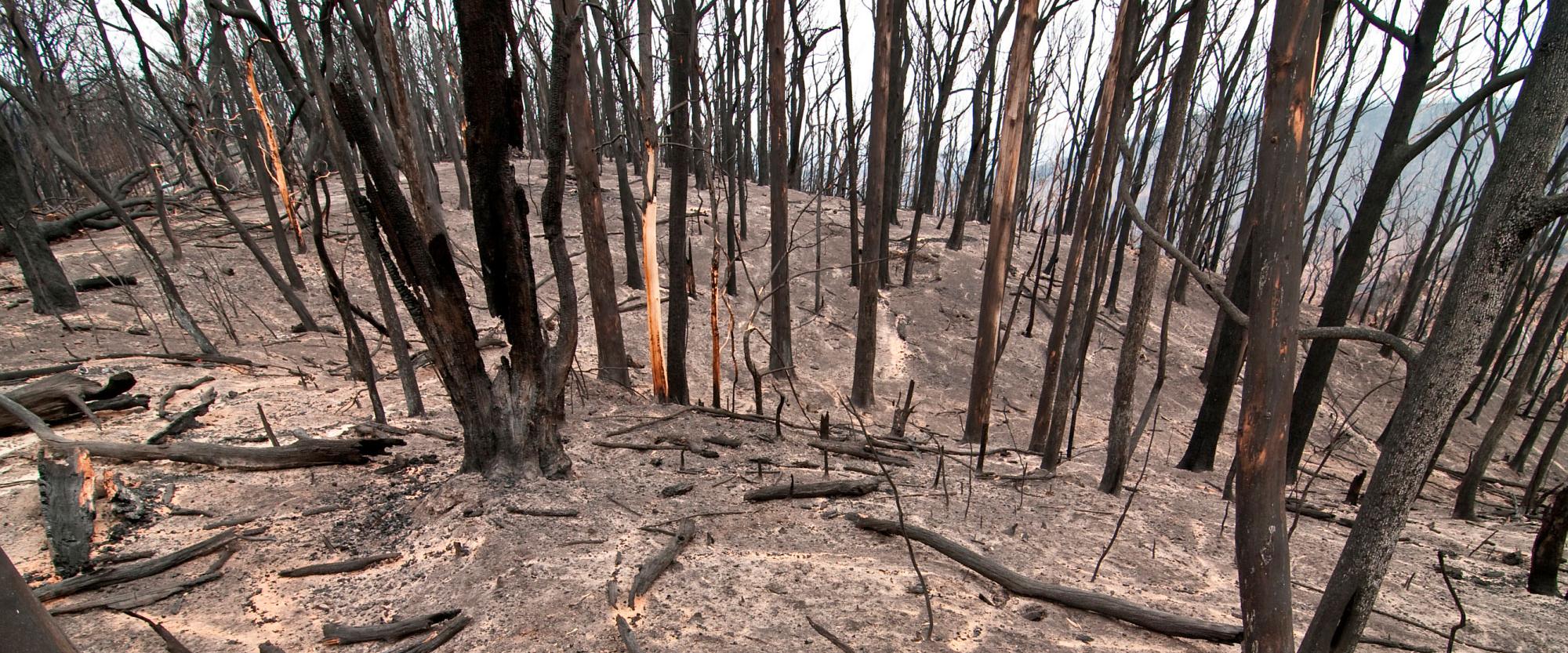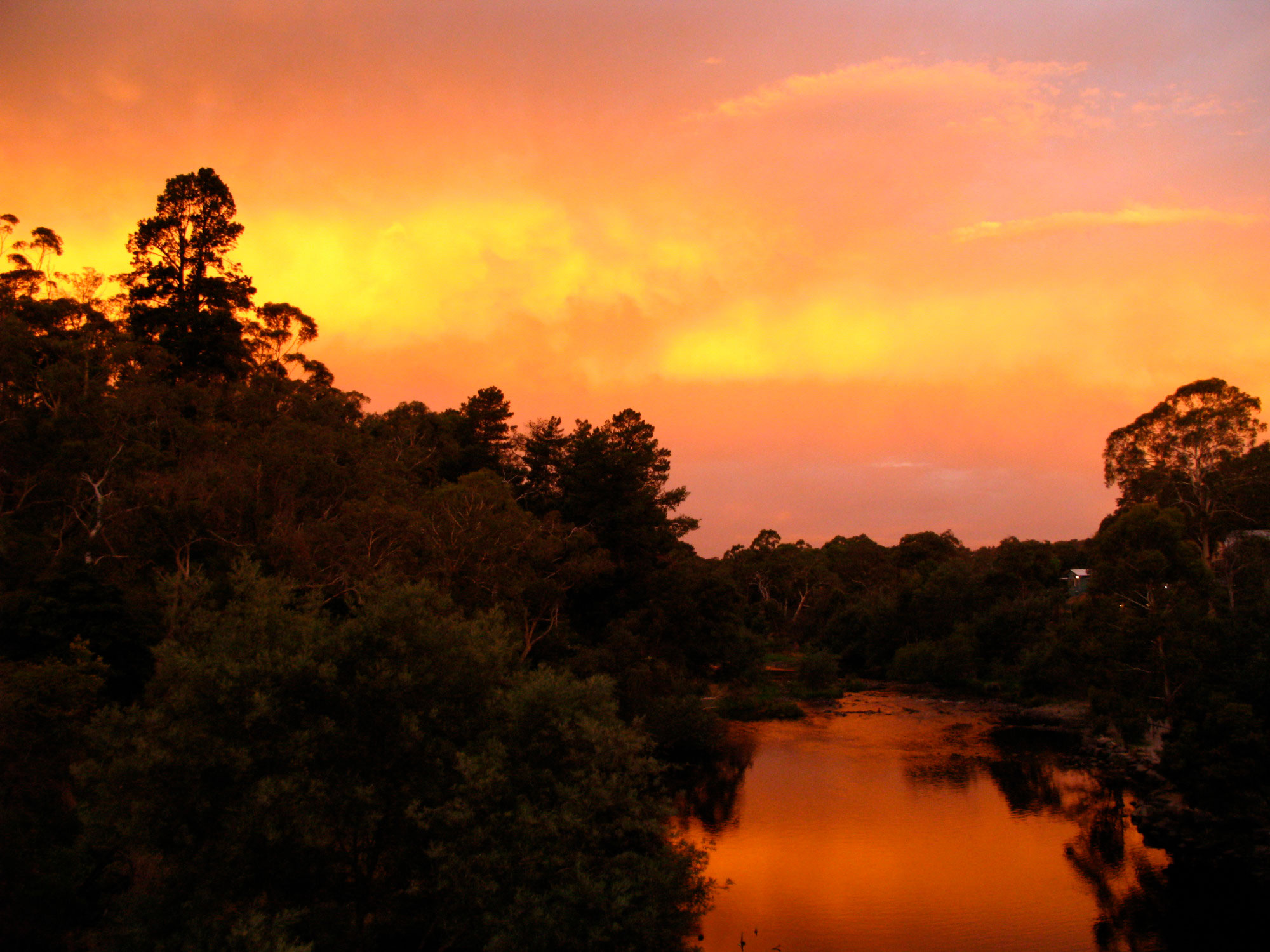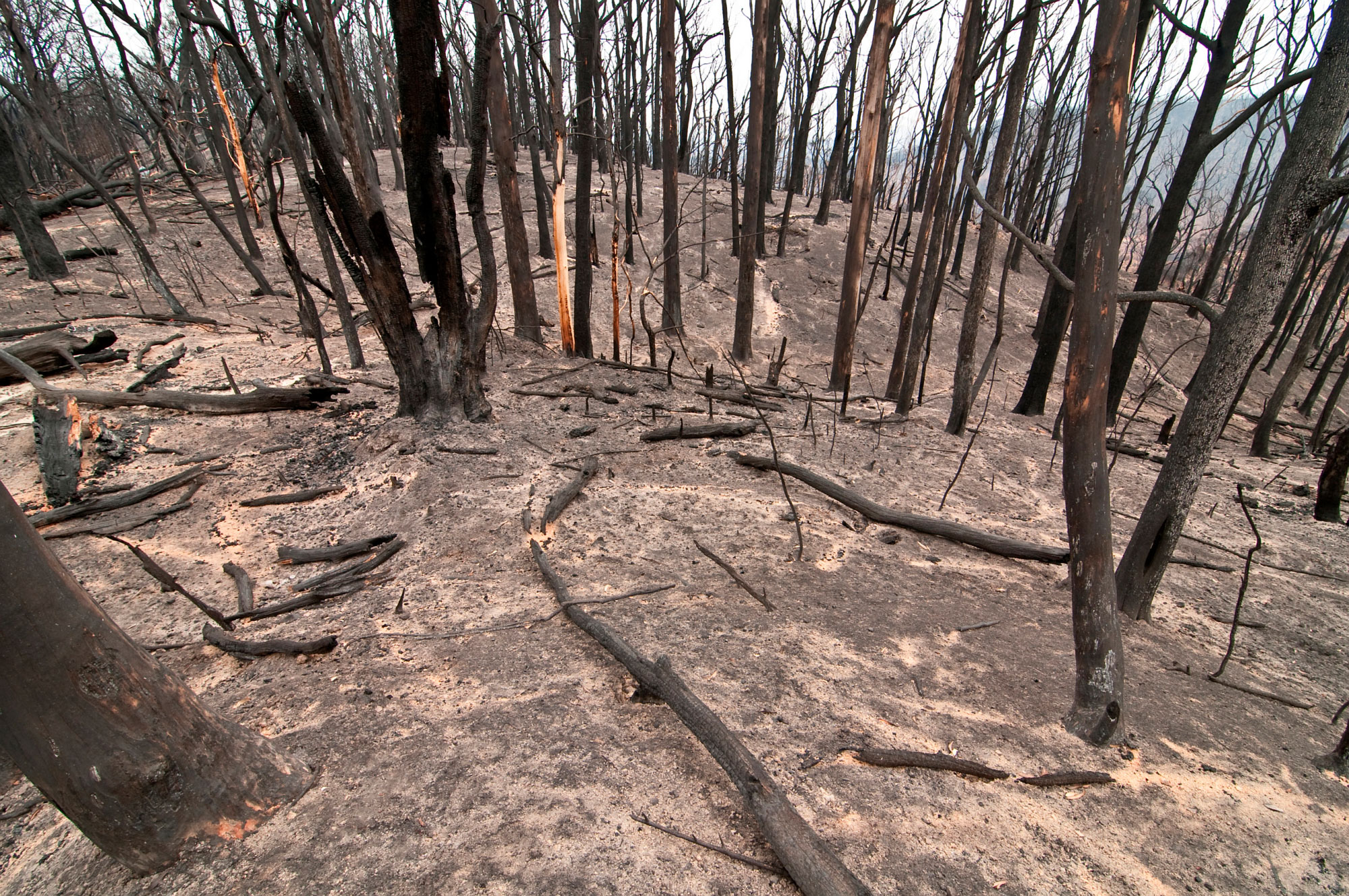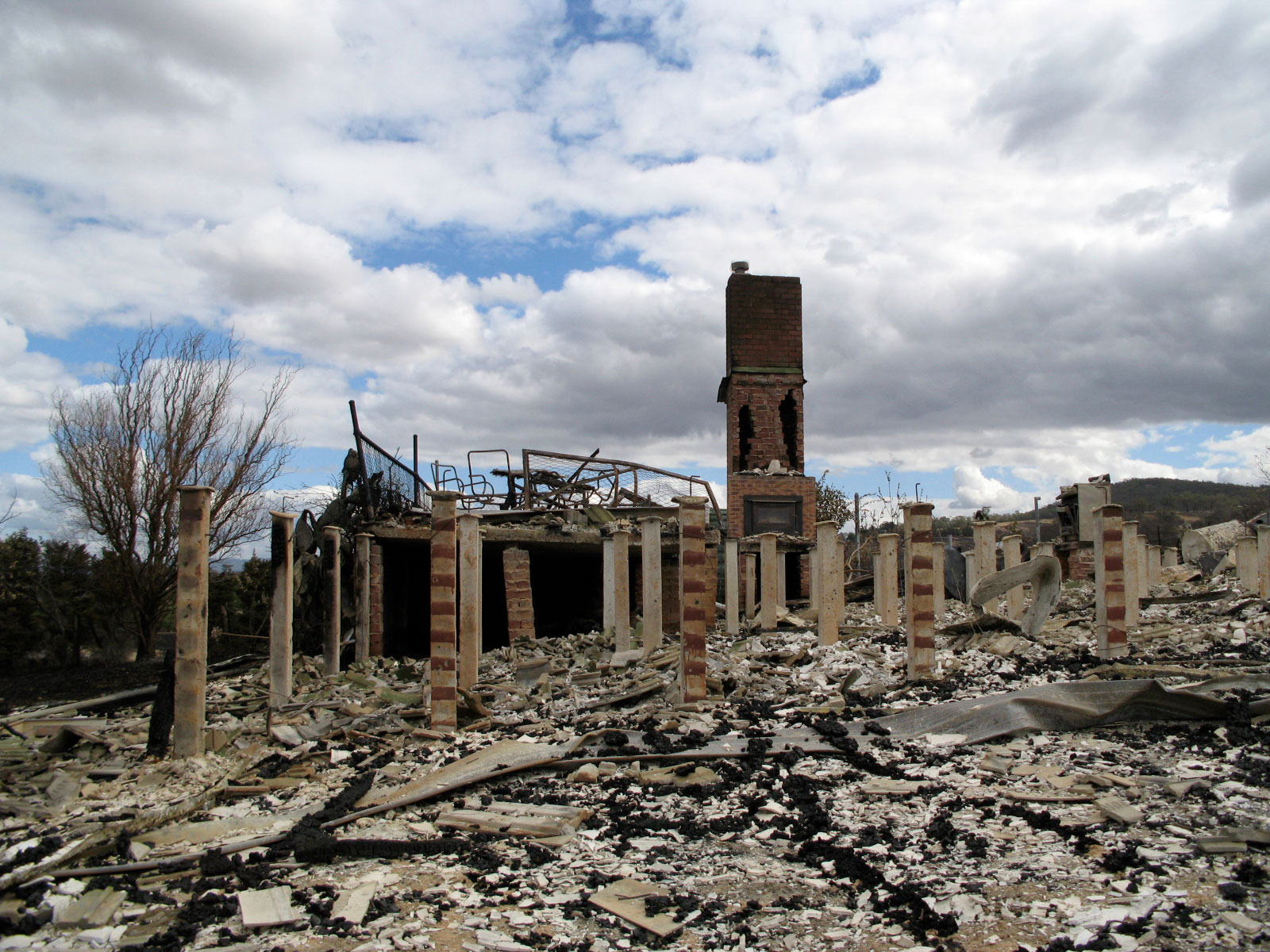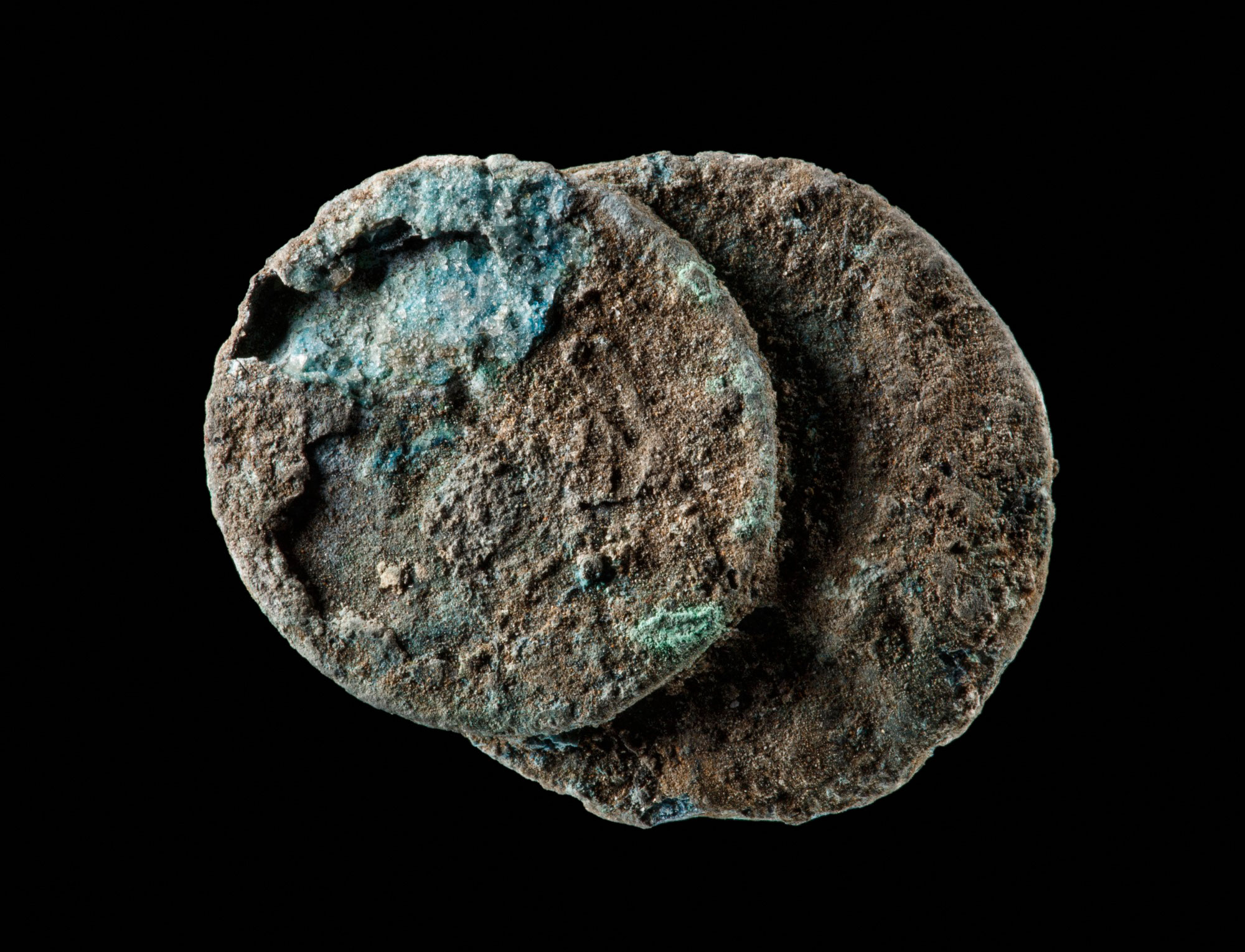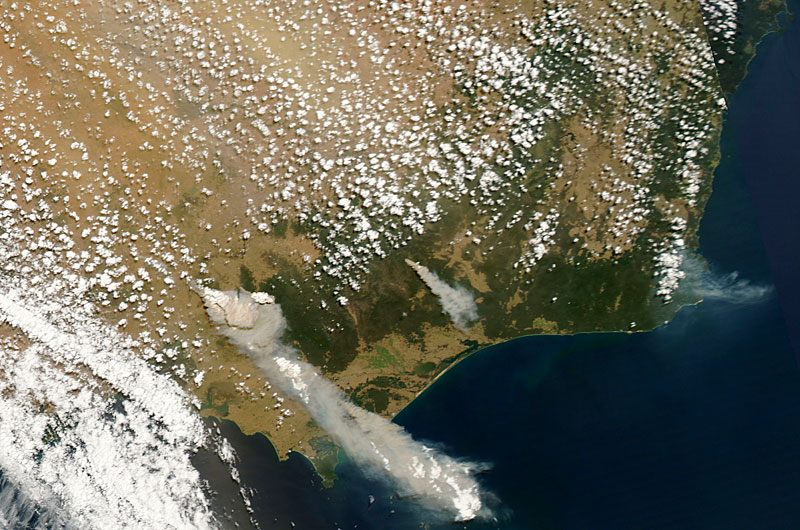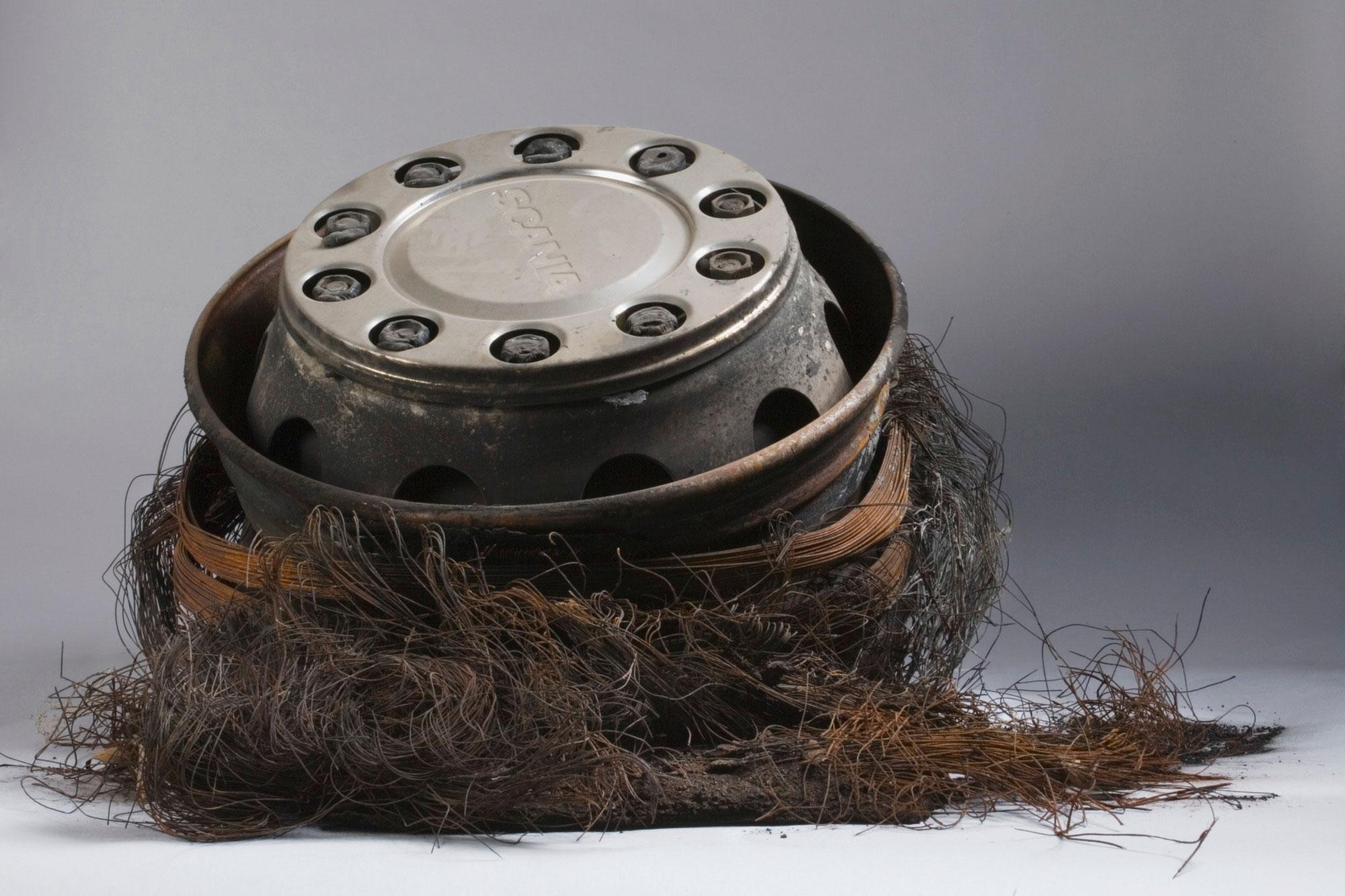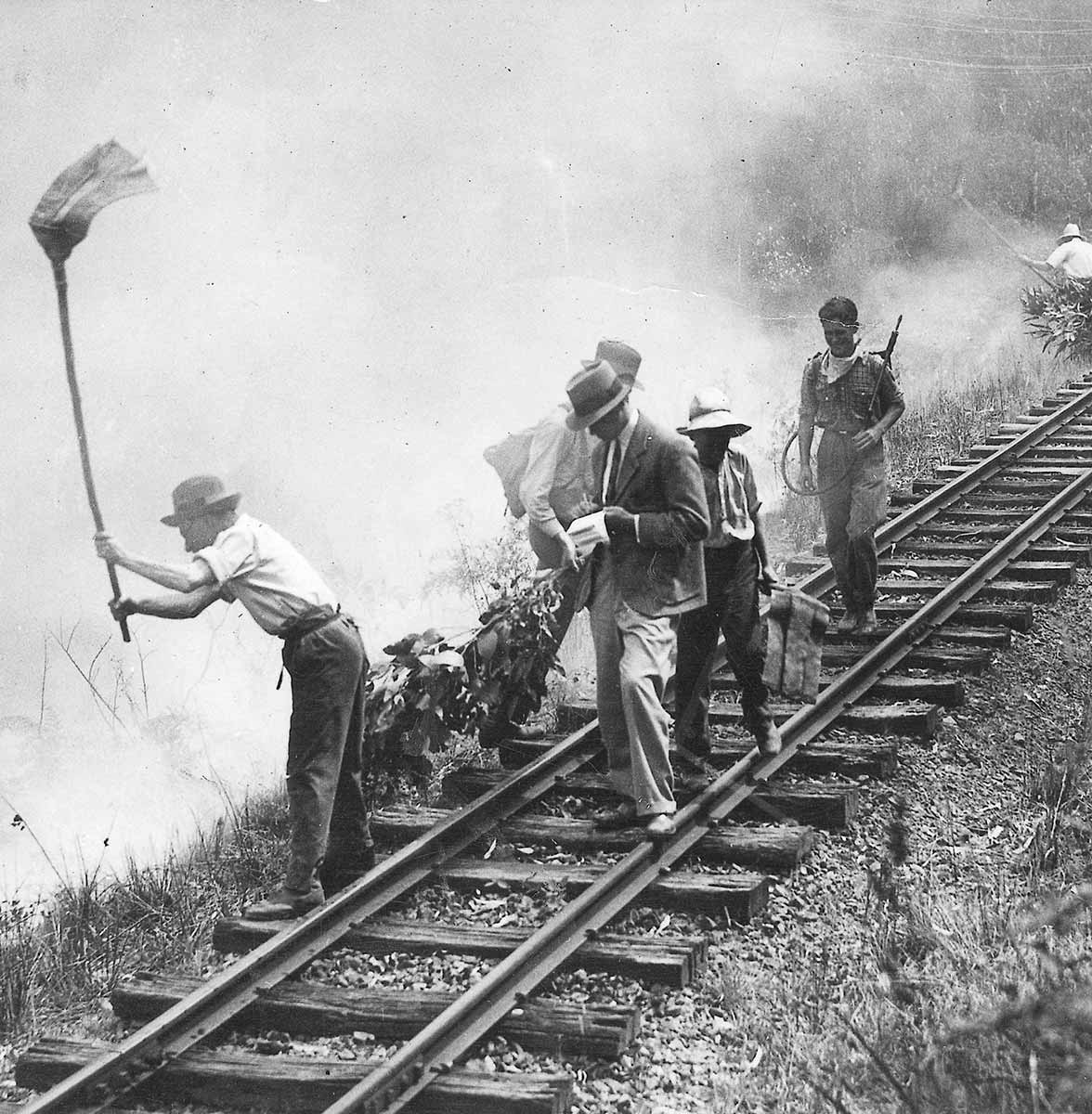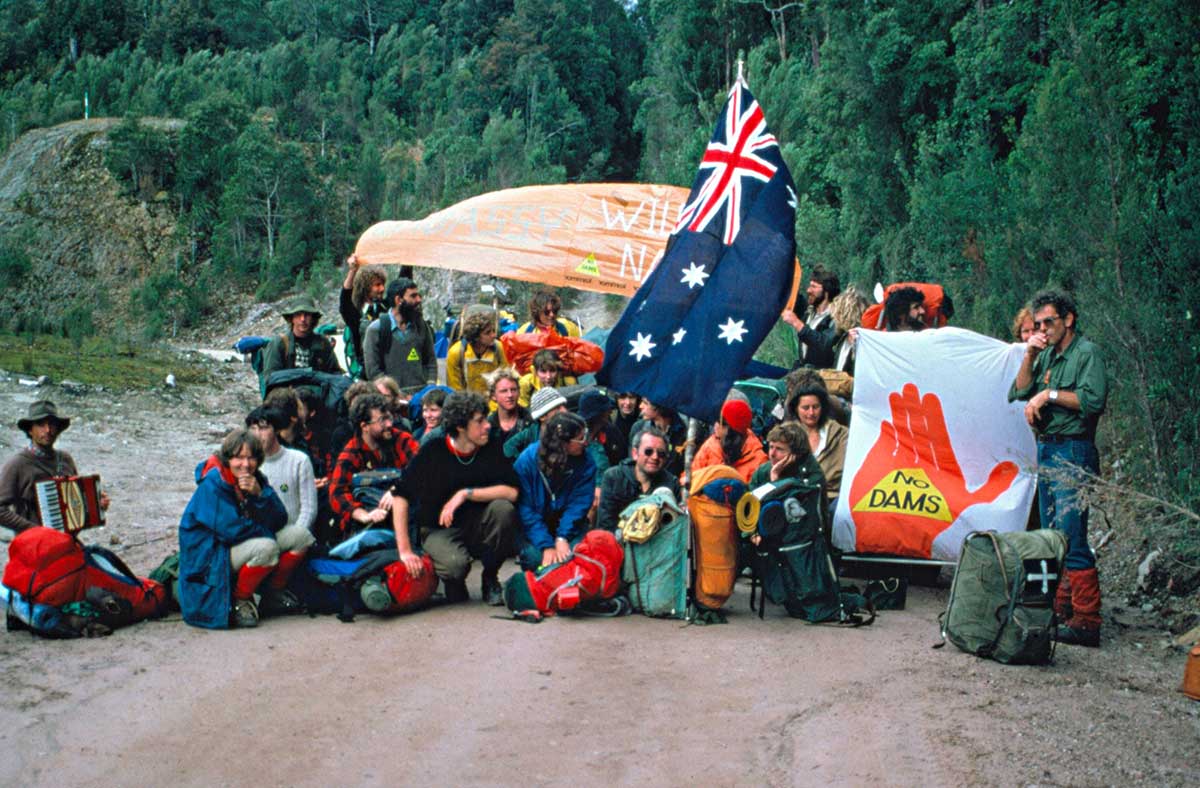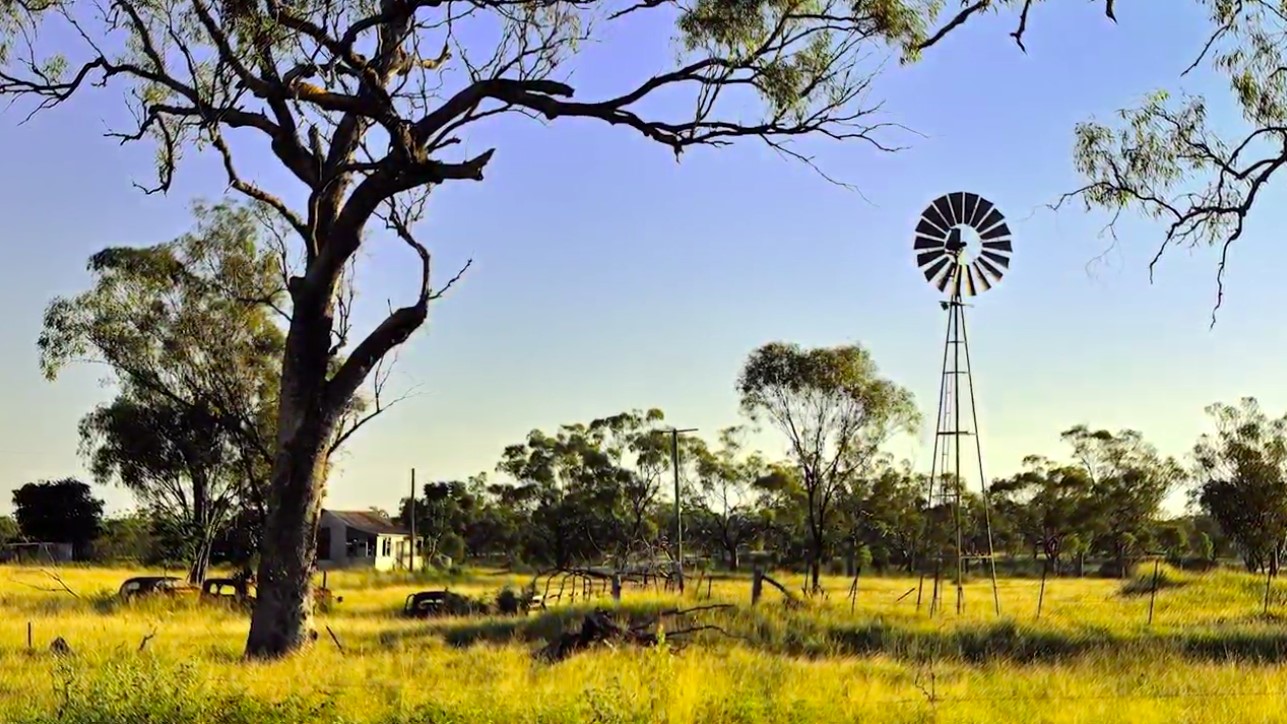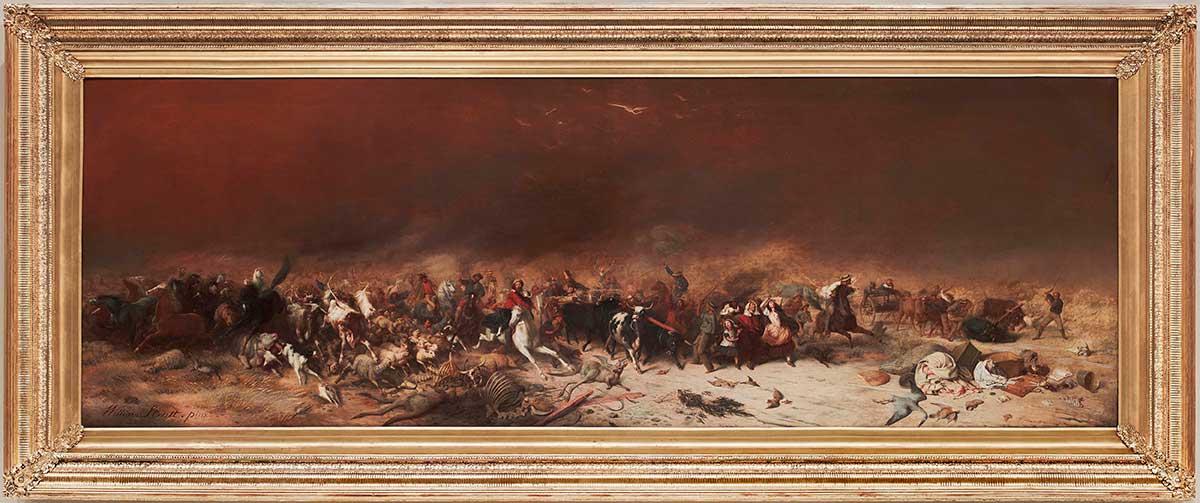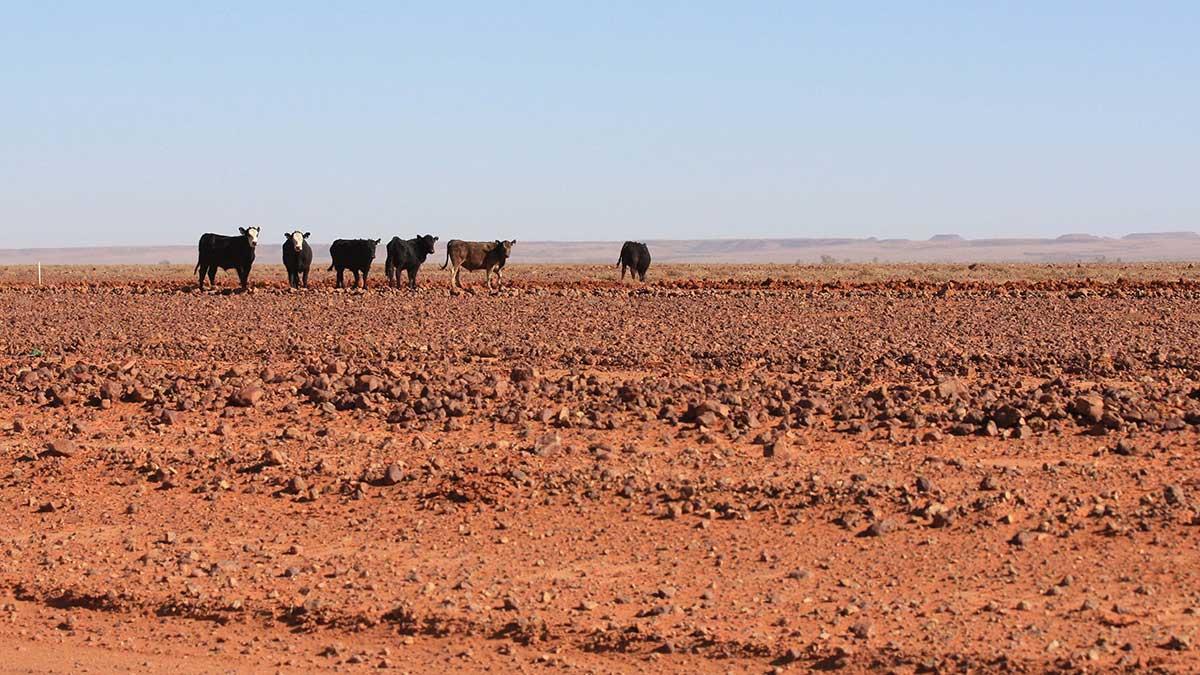‘A tragedy beyond belief’
2009: 173 people die in Black Saturday bushfires in Victoria
‘A tragedy beyond belief’
2009: 173 people die in Black Saturday bushfires in Victoria
In a snapshot
Fire has been part of the Australian environment for as long as the continent has existed, but over the past 230 years bushfires have become more deadly and damaging. The 2009 Black Saturday bushfires in Victoria caused widespread devastation. One hundred and seventy-three people lost their lives, 414 were injured, more than a million animals were lost, and 450,000 hectares of land were burned.
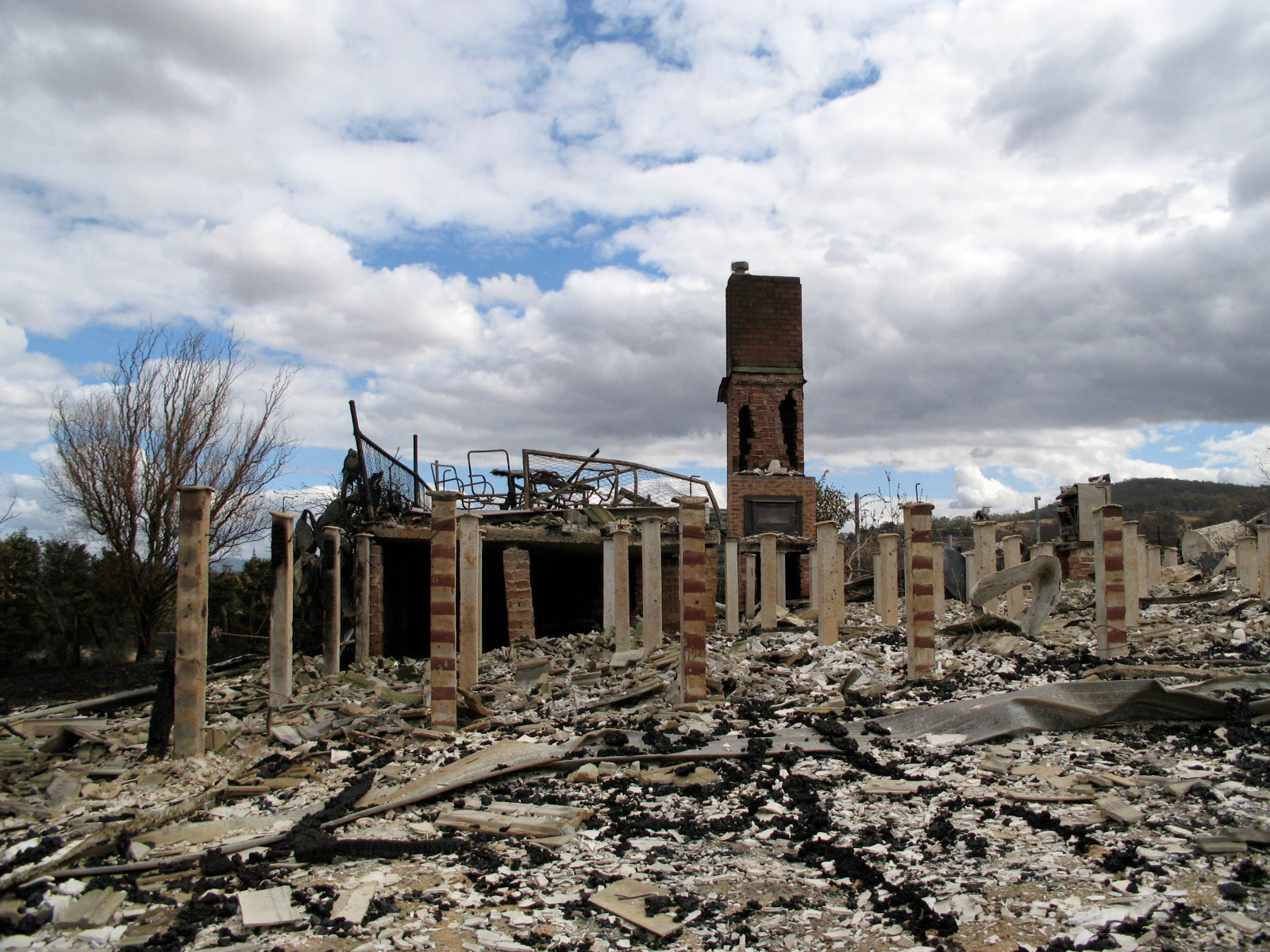
 Can you find out?
Can you find out?
1. How did the use of fire in Australia change after European settlers arrived?
2. What were the long-term and short-term conditions that led to the Black Saturday bushfires?
3. What changes were recommended as a result of the Black Saturday bushfires?
How do Aboriginal people use fire?
Many plant species in Australia have evolved to survive and even thrive in fire. The seeds of many native species need smoke or intense heat to germinate.
Aboriginal people have used fire to manage the land for tens of thousands of years. They use fire to burn off grass and bush, keep trails clear, encourage new growth that will attract kangaroos and other prey and drive animals towards waiting hunters. These controlled burns changed the Australian environment by creating grassy woodlands, which lessened the intensity of new fires.
How did the use of fire in Australia change after 1788?
After the arrival of the First Fleet of British colonisers in 1788 the way fire was used in Australia began to change. At first the new settlers used fire to clear land in a similar way to Aboriginal people. But soon they put up fences and buildings, planted crops and increased their herds of sheep and cattle. They wanted to protect all of these from fire. At the same time Aboriginal people were being driven off their traditional lands, so they were also lighting fewer fires.
Fewer controlled fires actually led to more uncontrolled and intense bushfires because there was more leaf litter and dense bushland which could burn. The first bushfires in the colony of New South Wales were reported in 1797. Fires have become larger, more frequent and more destructive over the past 230 years.
What happened on Black Saturday?
Months of hot and dry conditions in south-eastern Australia led to a heatwave in January 2009. Melbourne’s temperature peaked at 45.1 degrees on 30 January, one of the hottest days in the city’s history.
Research Task
Does your school and family need to create a positive bushfire strategy? Use the NSW Rural Fire Service website to find out.
Research Task
Was anyone convicted of arson over the Black Saturday bushfires? Do some research to find out.
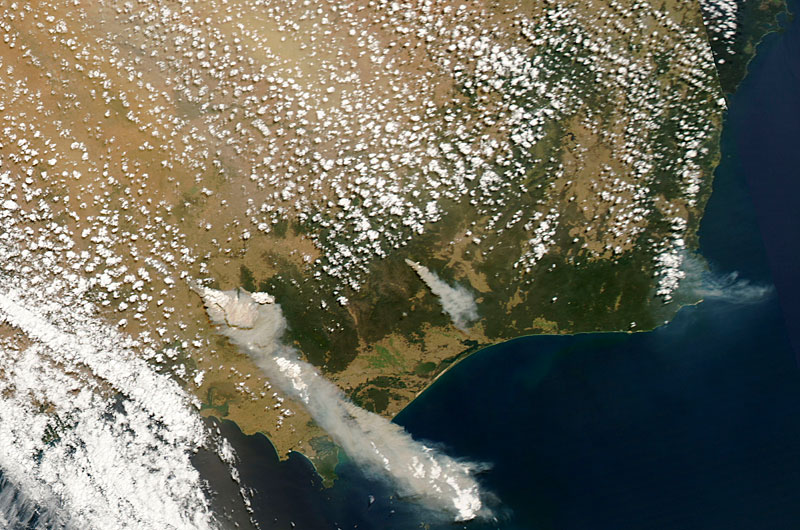
On 7 February 2009 extremely strong winds brought hot air from central Australia and blew down power lines in the Kinglake–Whittlesea area in Victoria. This resulted in many fires breaking out throughout the day. By evening almost 400 fires had broken out across Victoria.
On 8 February many of the fires merged at Kinglake. The fires took weeks to extinguish. A total of 173 people died in the fires, 414 were injured and more than a million animals died. More than 450,000 hectares of land had burned and 3500 buildings including more than 2000 houses destroyed.
What happened after Black Saturday?
A Royal Commission into the fires was announced on 13 February 2009. The Commission eventually recommended many changes to the Victorian Government. These changes included new advice about preparing for bushfires, changing how buildings were constructed and banning new homes in areas at high risk of fire.
The power company SP Ausnet was sued for almost $800 million by the victims of the fires in a class action settlement, because some claimed that failed power lines had sparked the fire.
The effect of the fires was enormous, especially the personal cost to individuals, families and communities.
Research Task
Read the Victorian Bushfires Collection article on the National Museum of Australia’s website. List five ways museums can contribute to community healing after natural disasters.
‘A tragedy beyond belief, beyond precedent and beyond words … one of the darkest days in Australia’s peacetime history.’
Read a longer version of this Defining Moment on the National Museum of Australia’s website.
 What did you learn?
What did you learn?
1. How did the use of fire in Australia change after European settlers arrived?
2. What were the long-term and short-term conditions that led to the Black Saturday bushfires?
3. What changes were recommended as a result of the Black Saturday bushfires?






